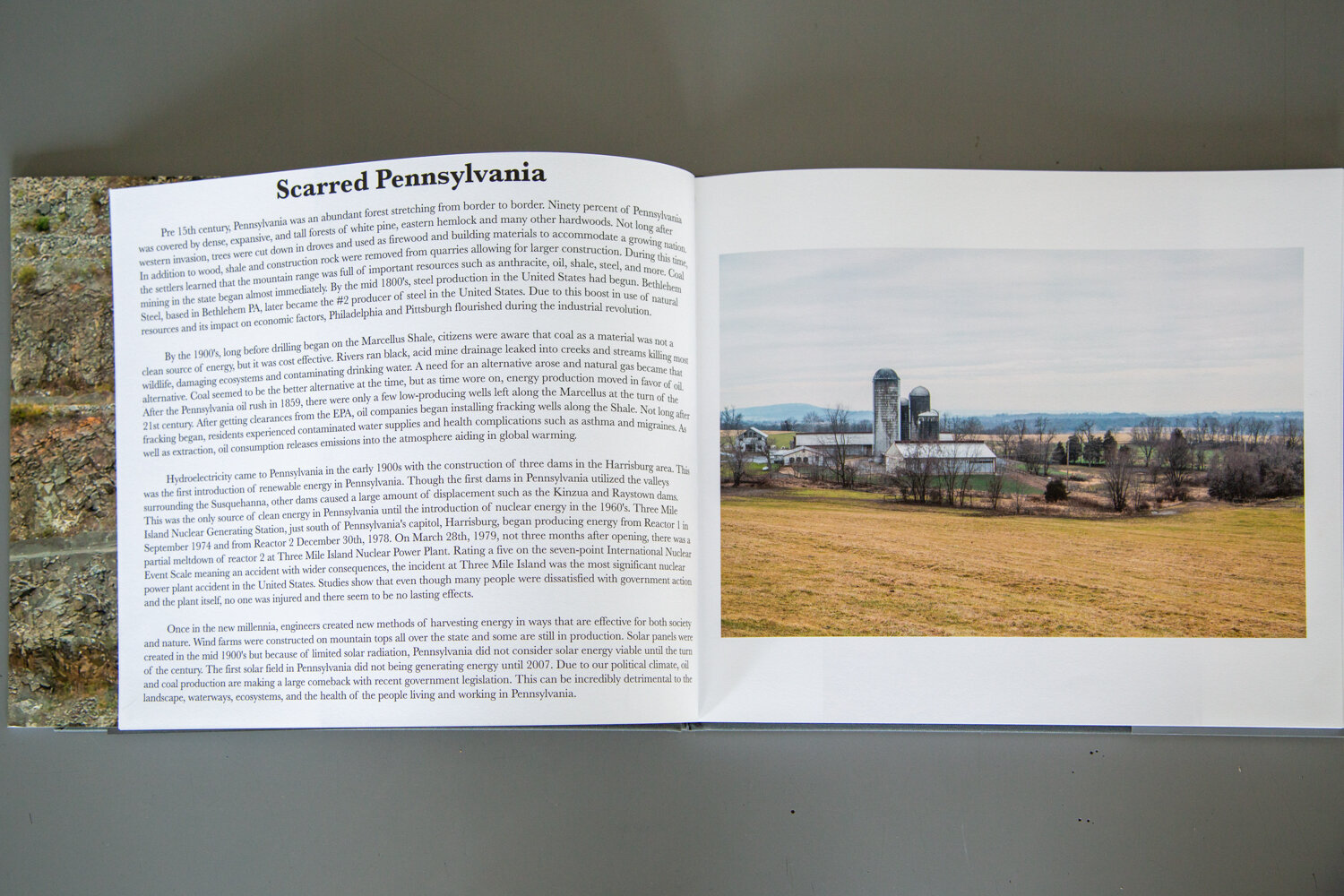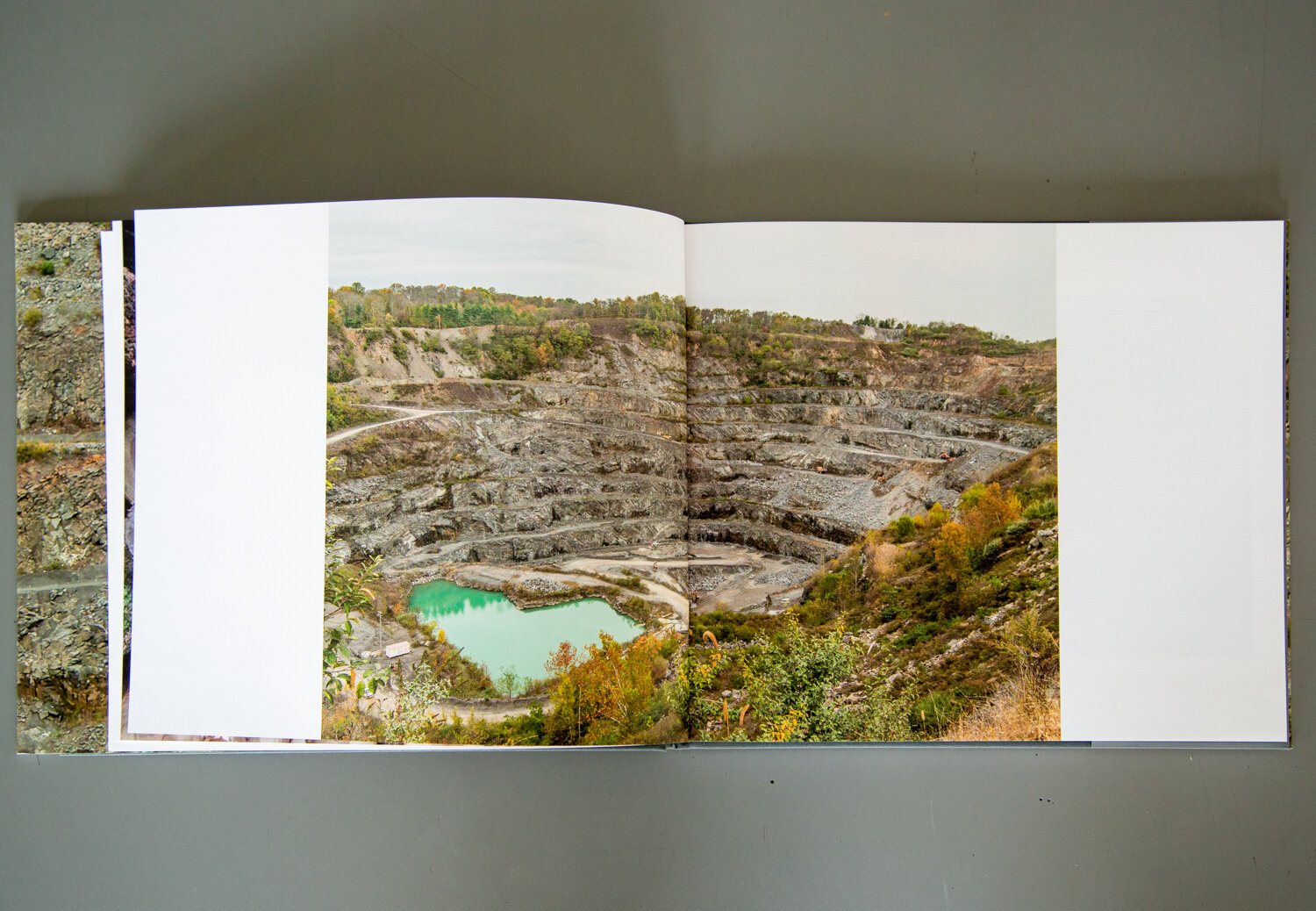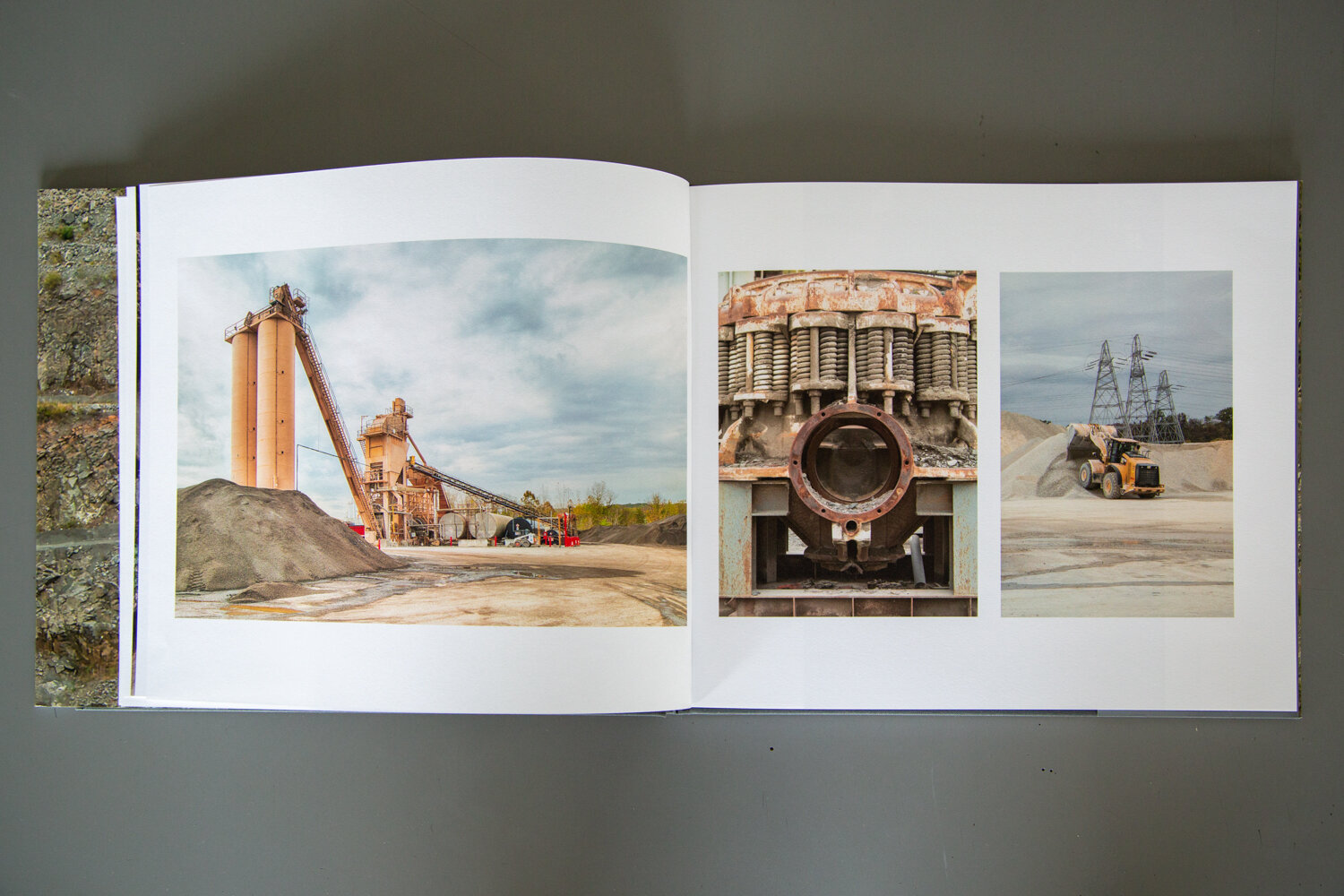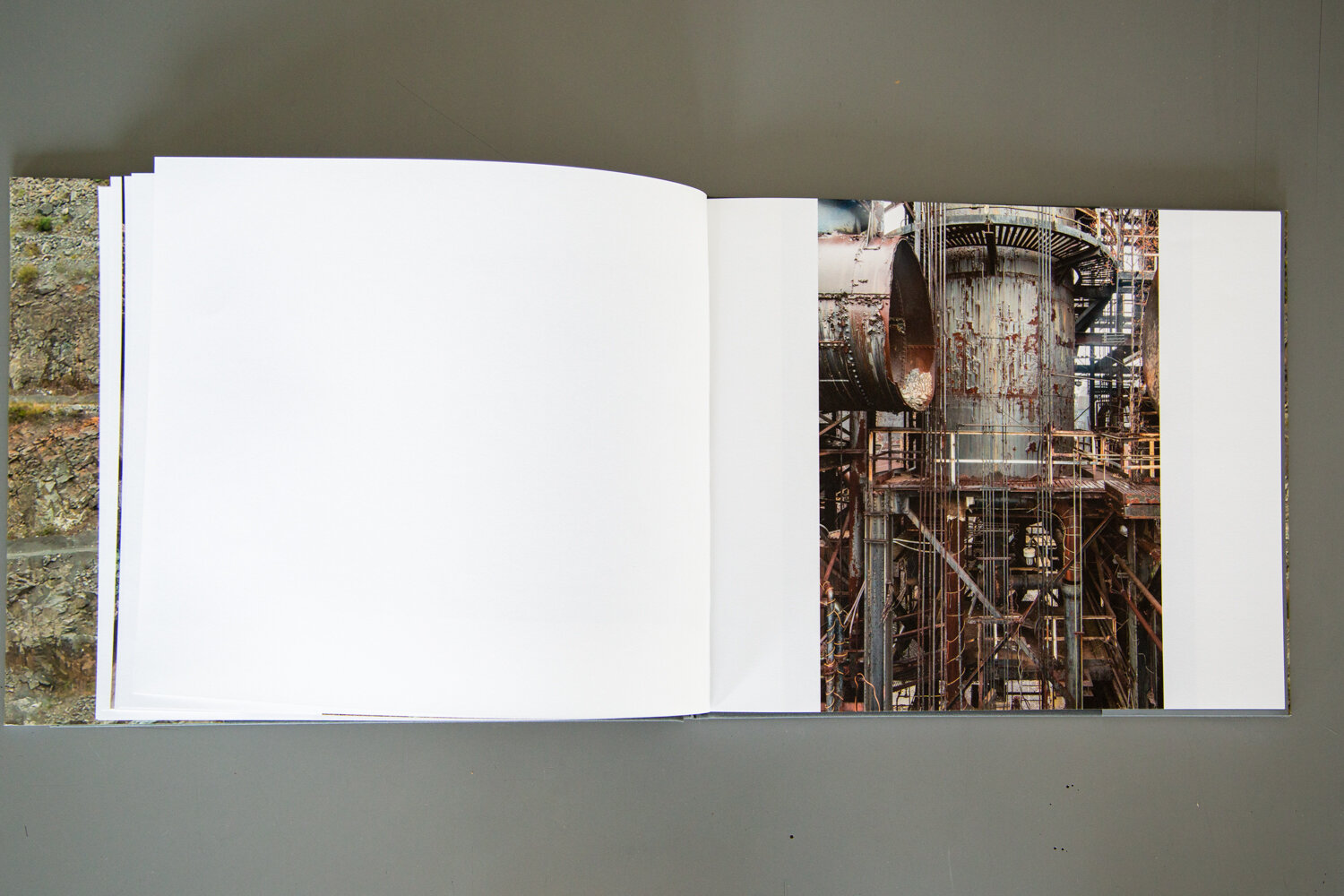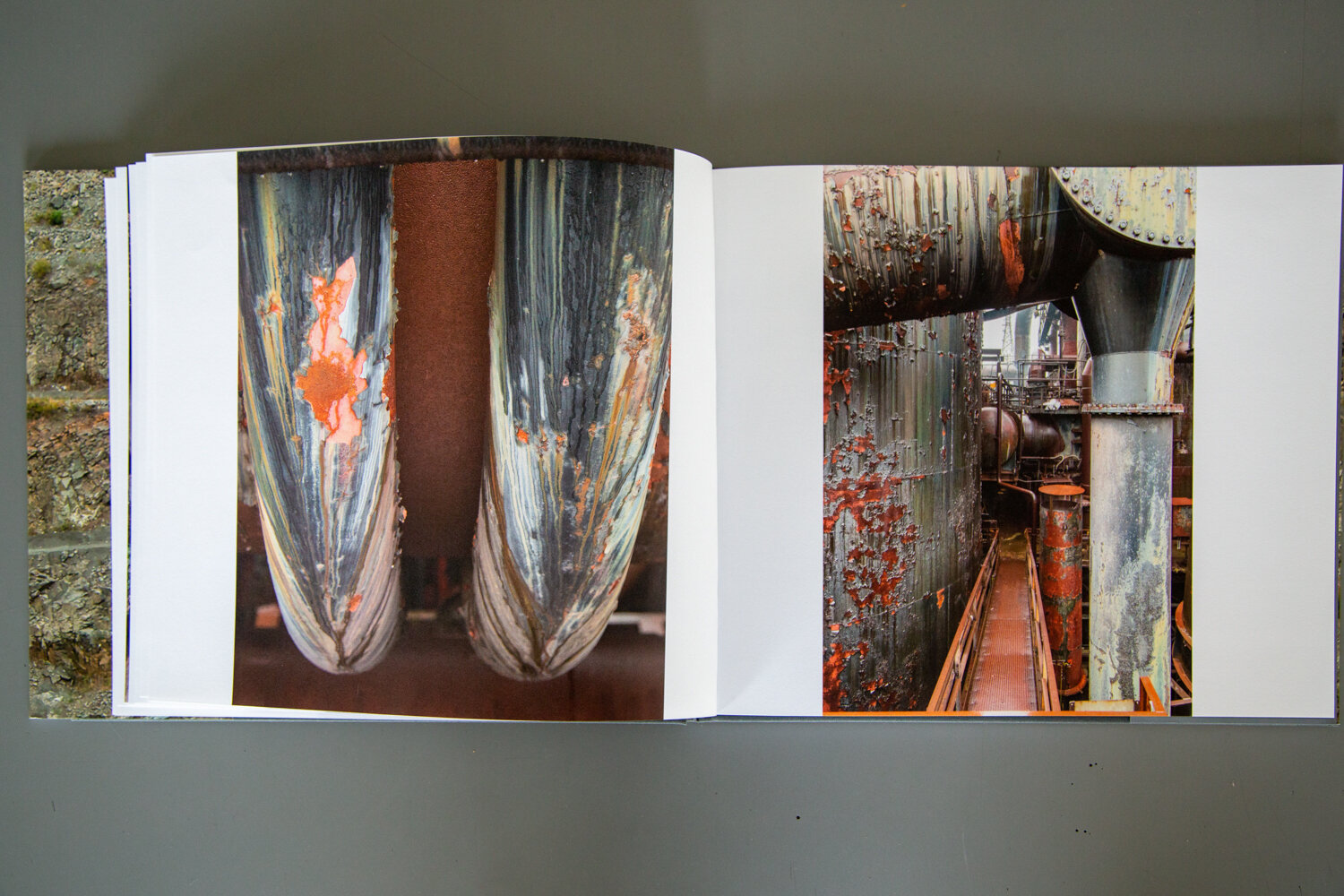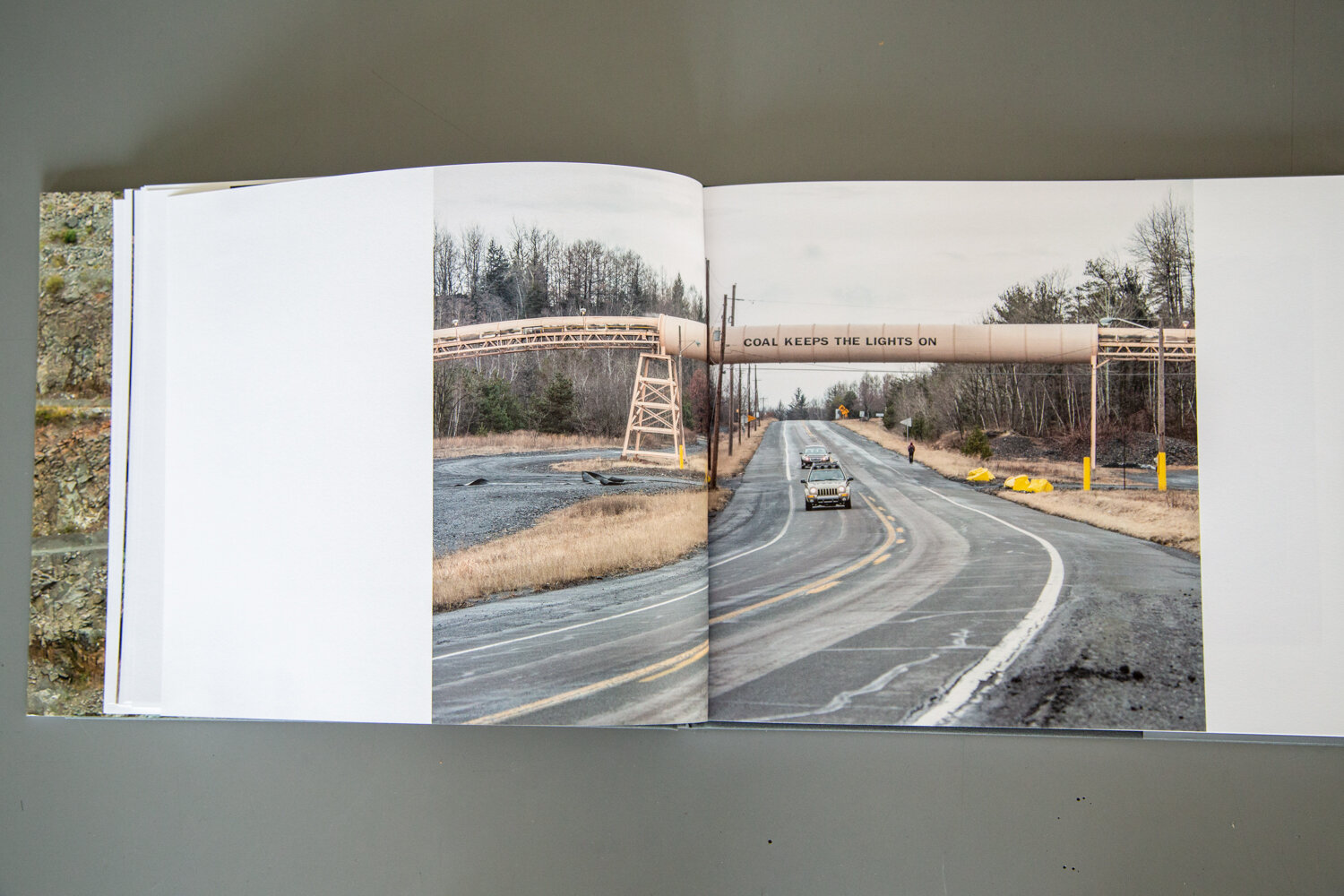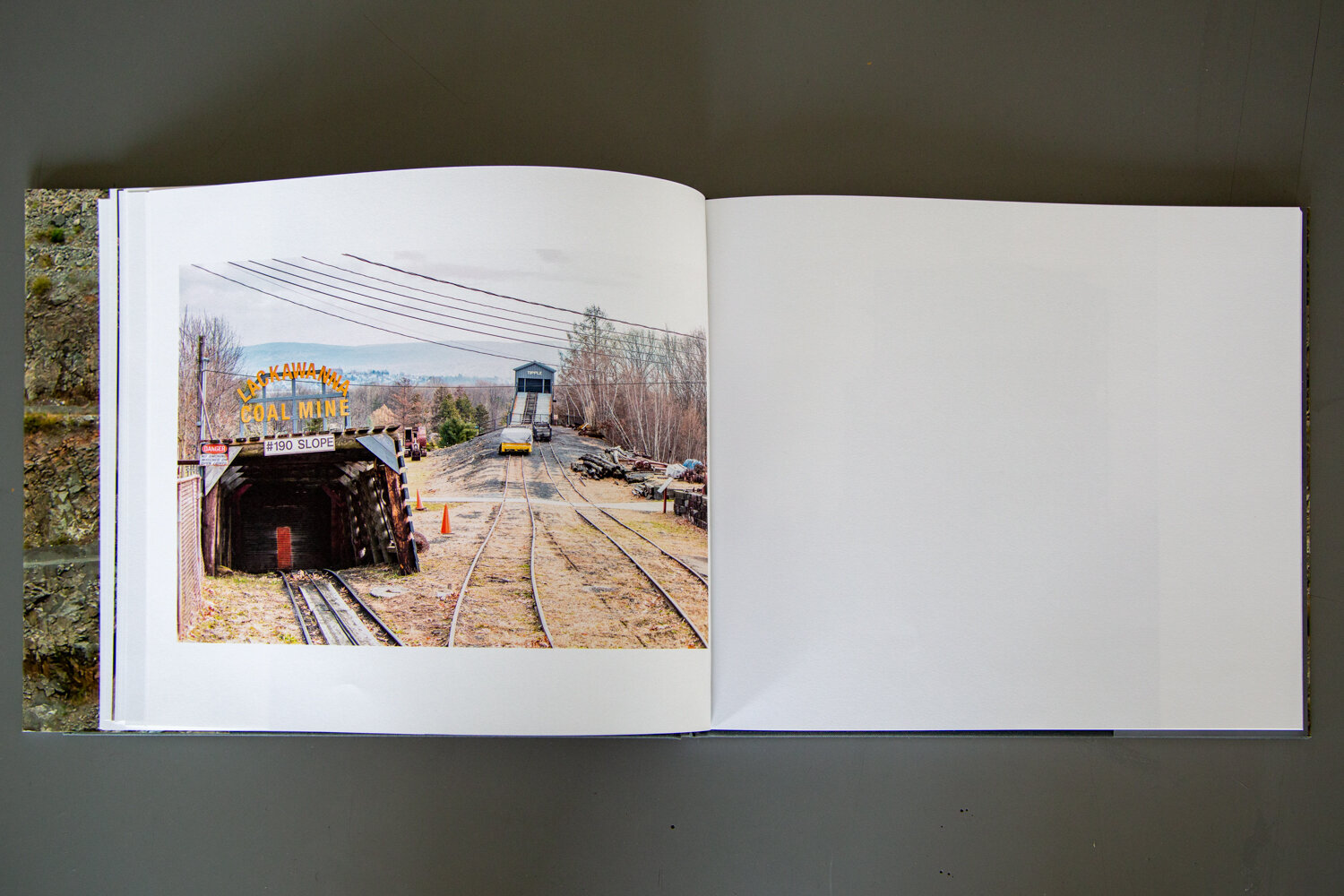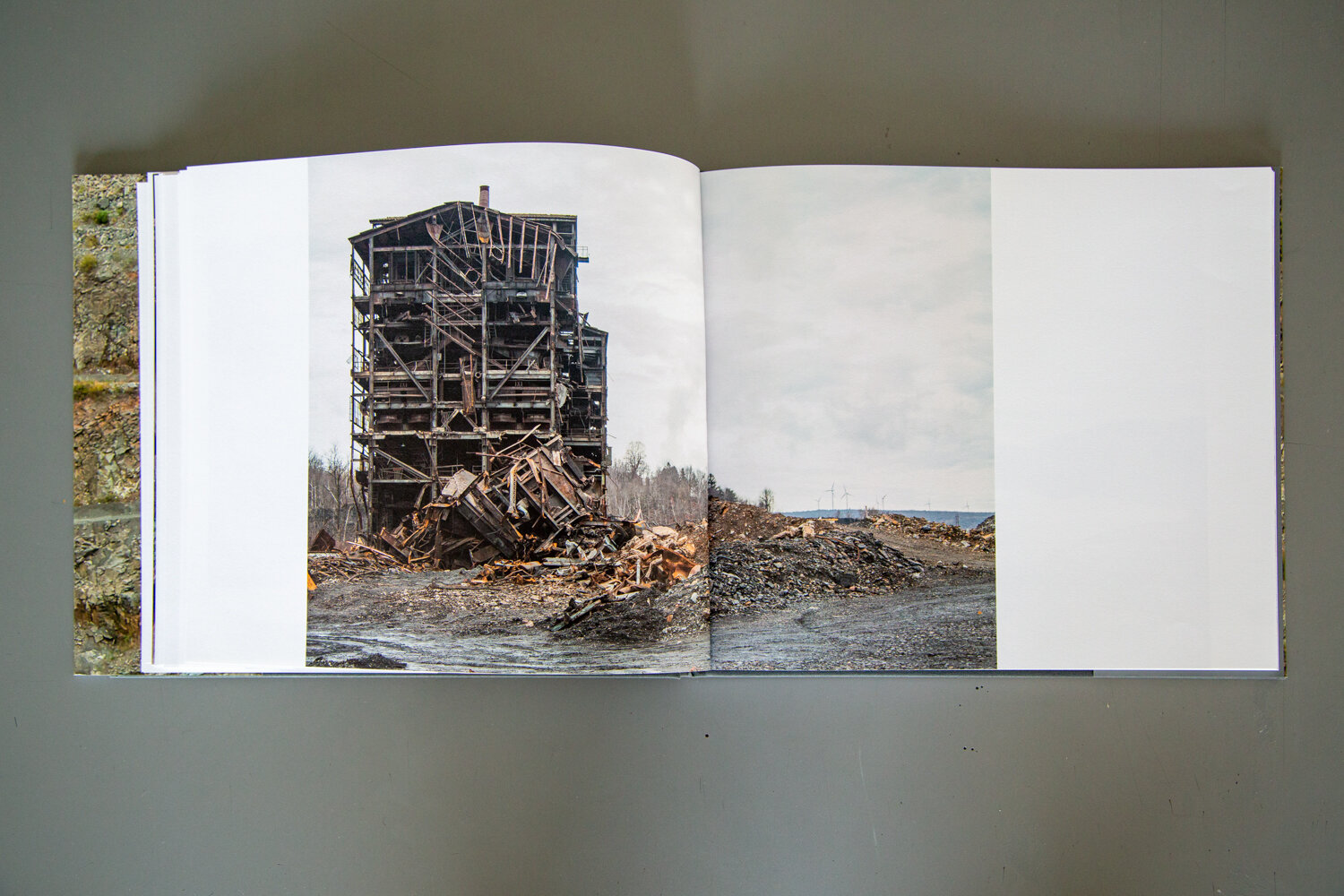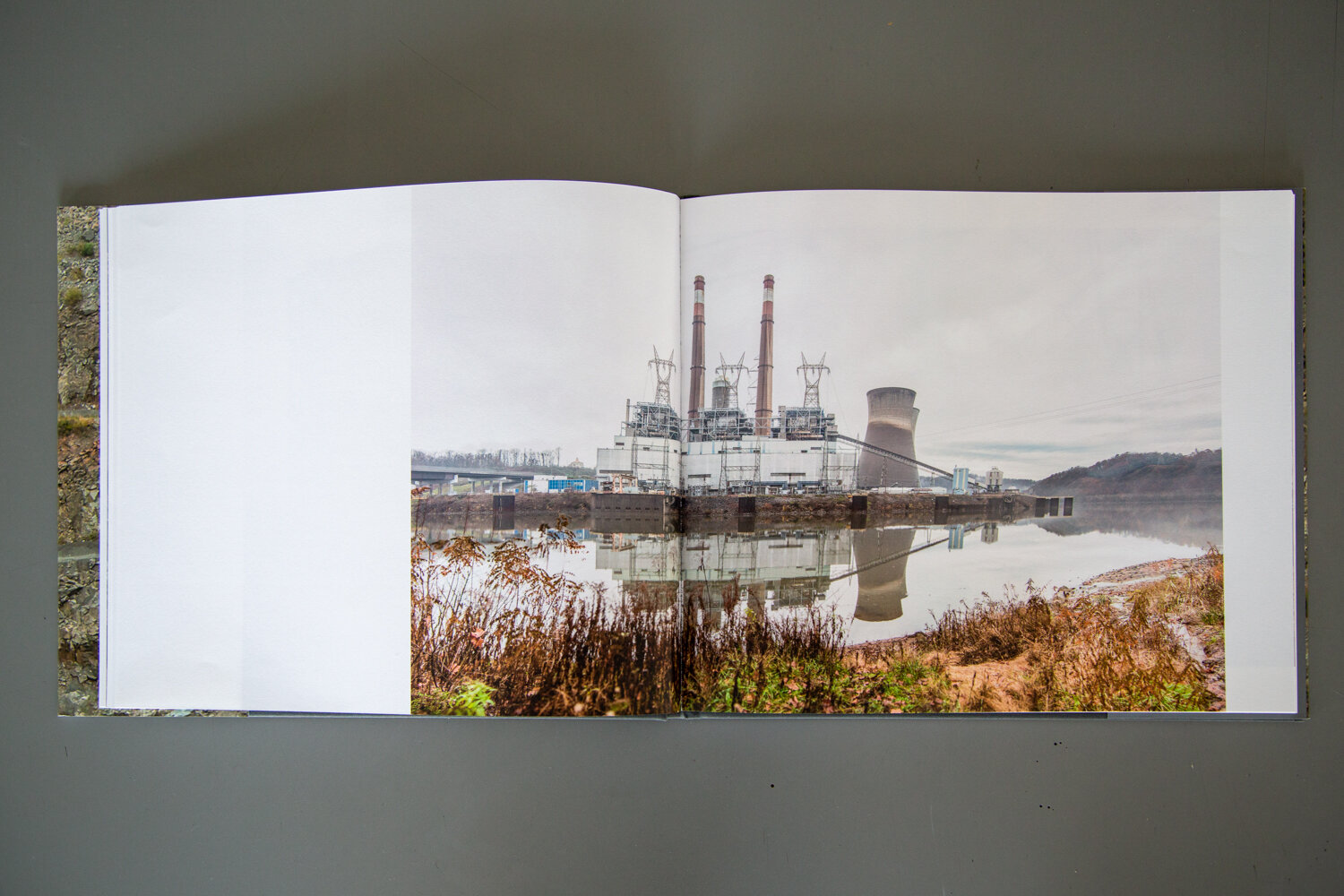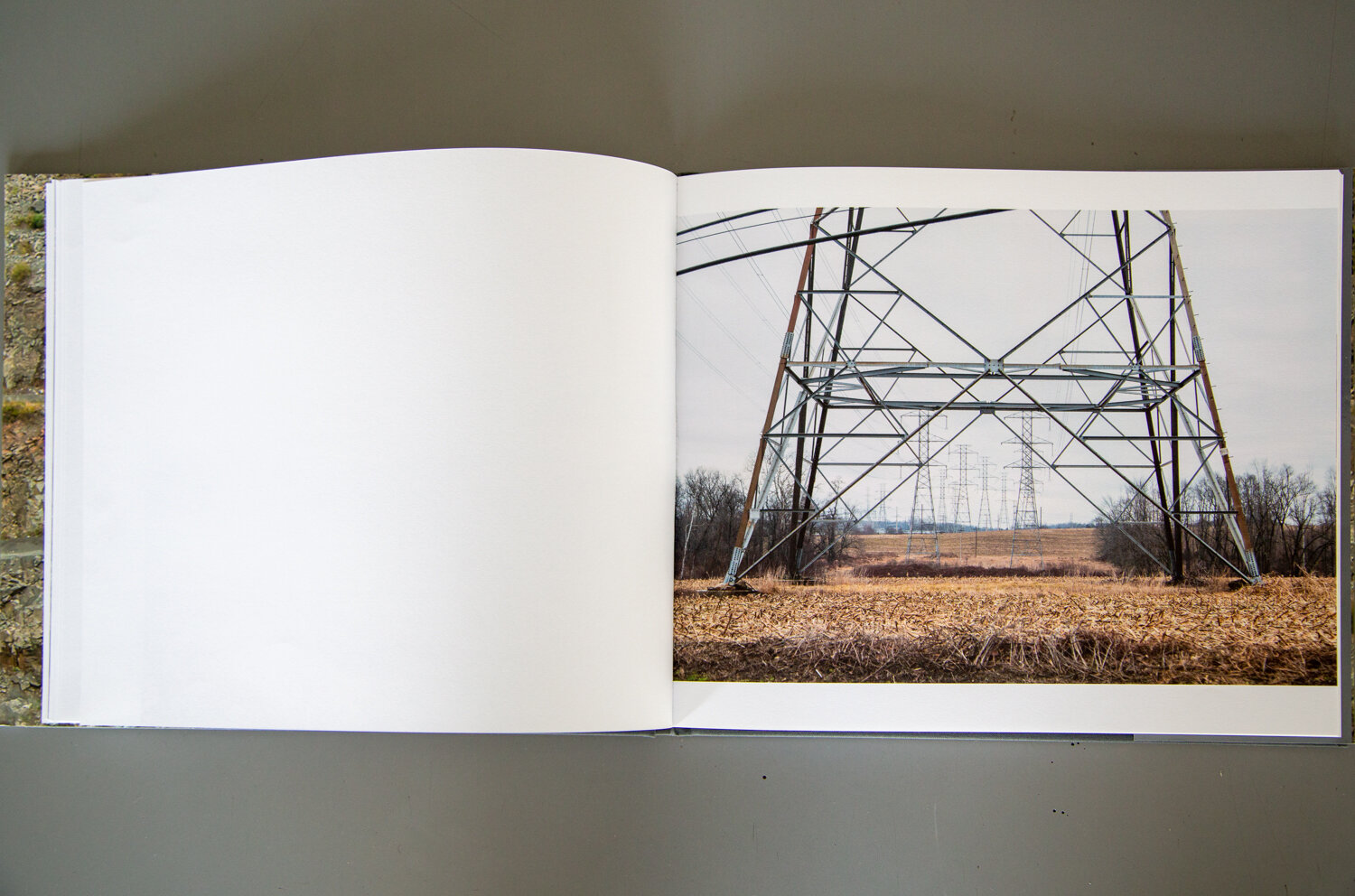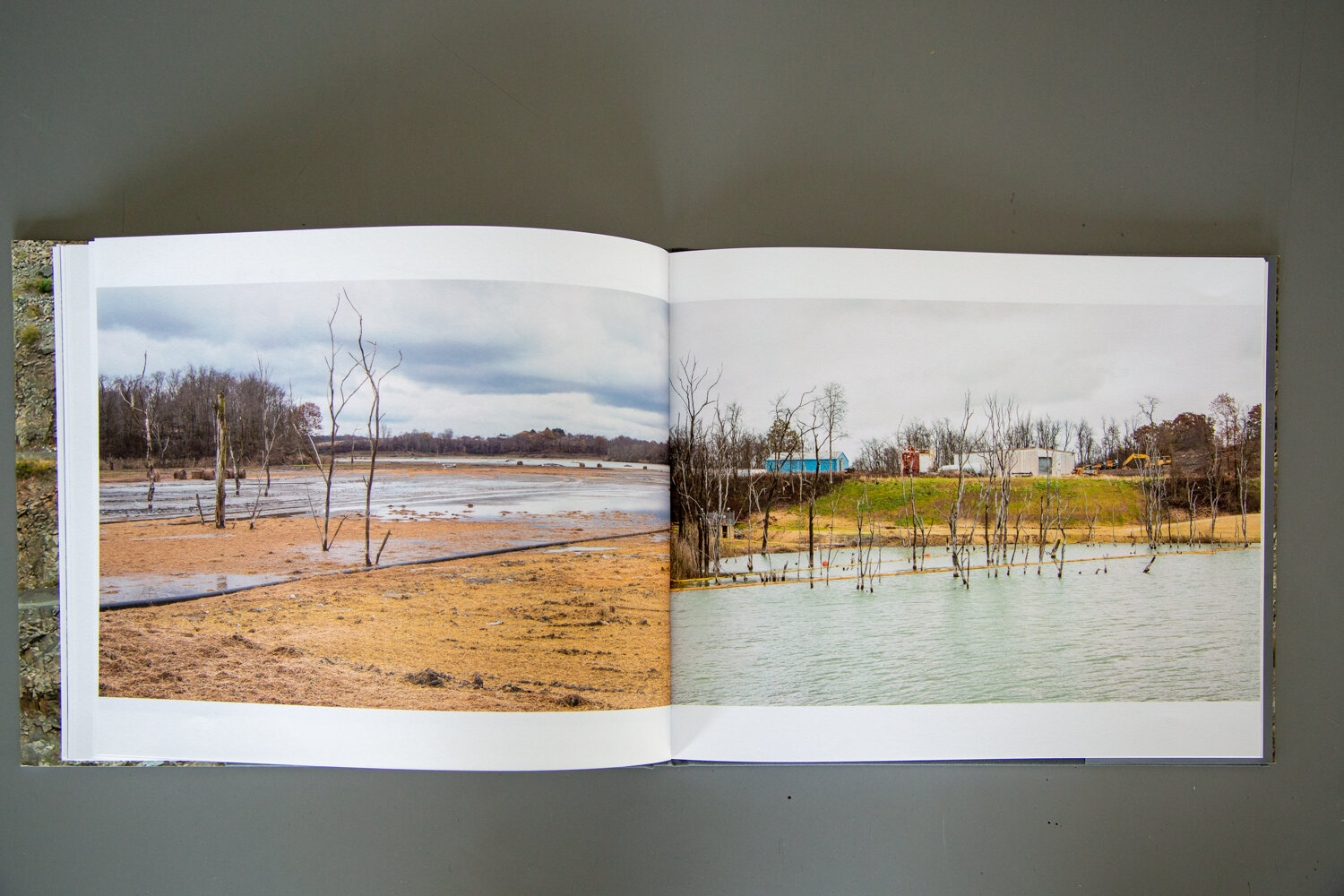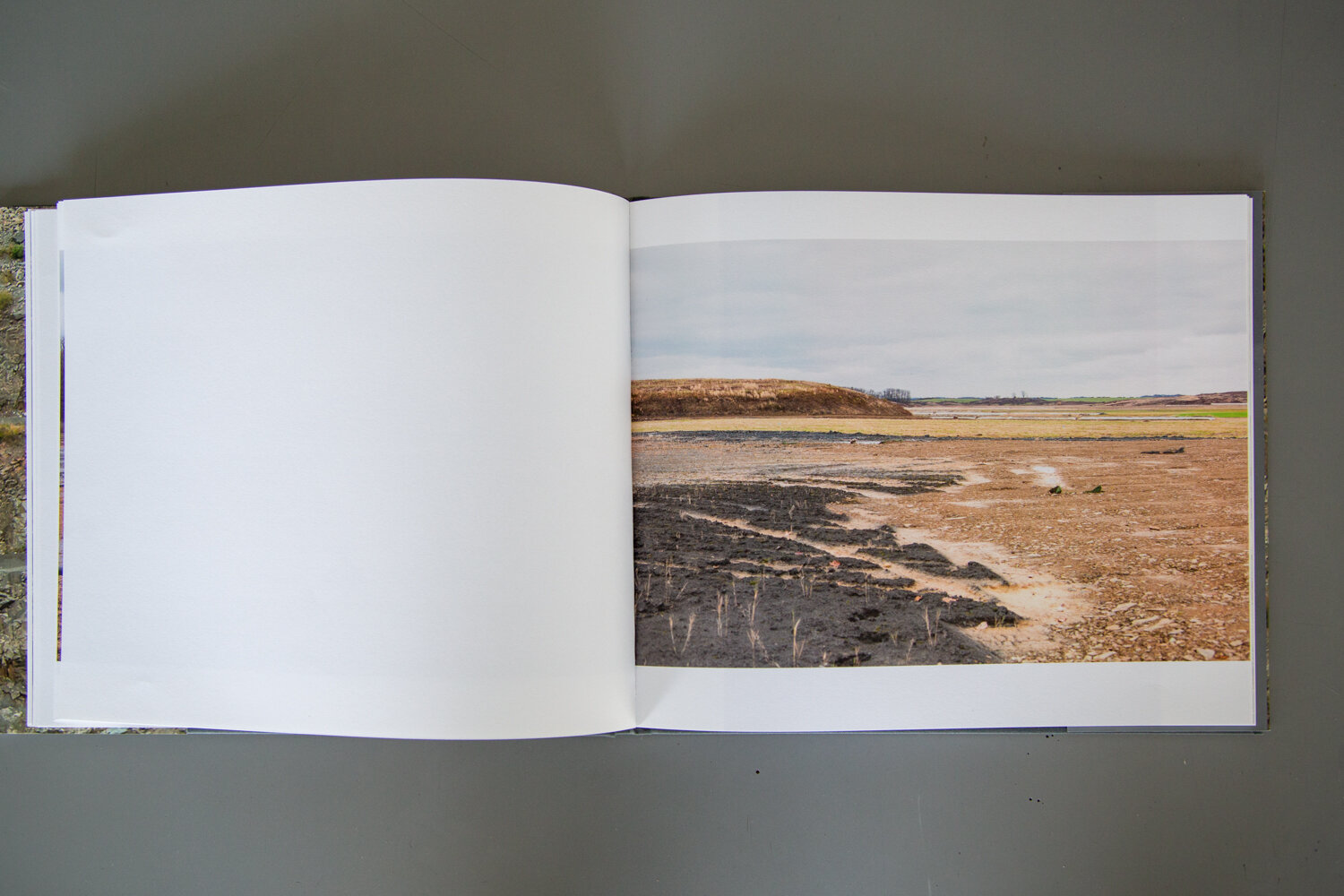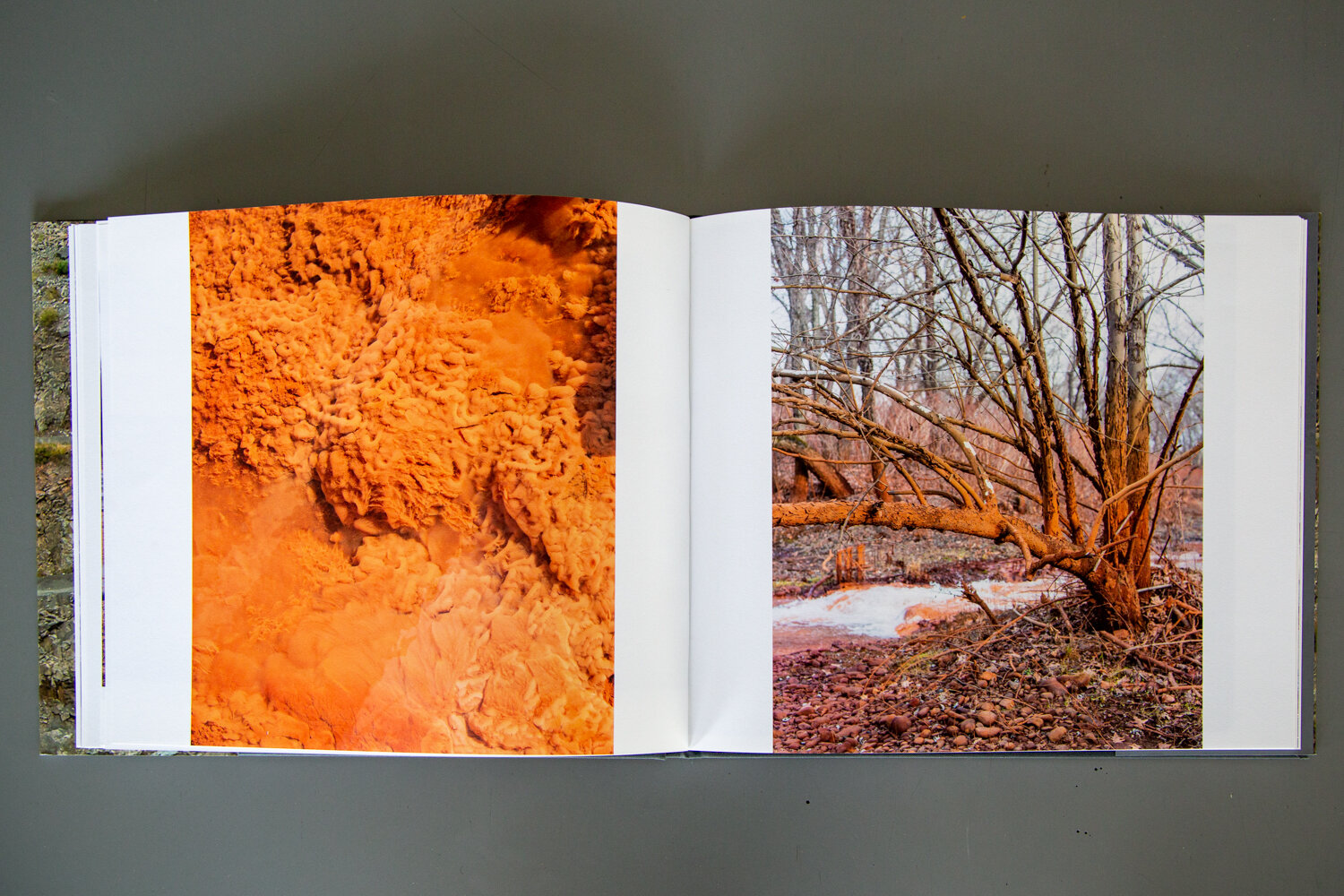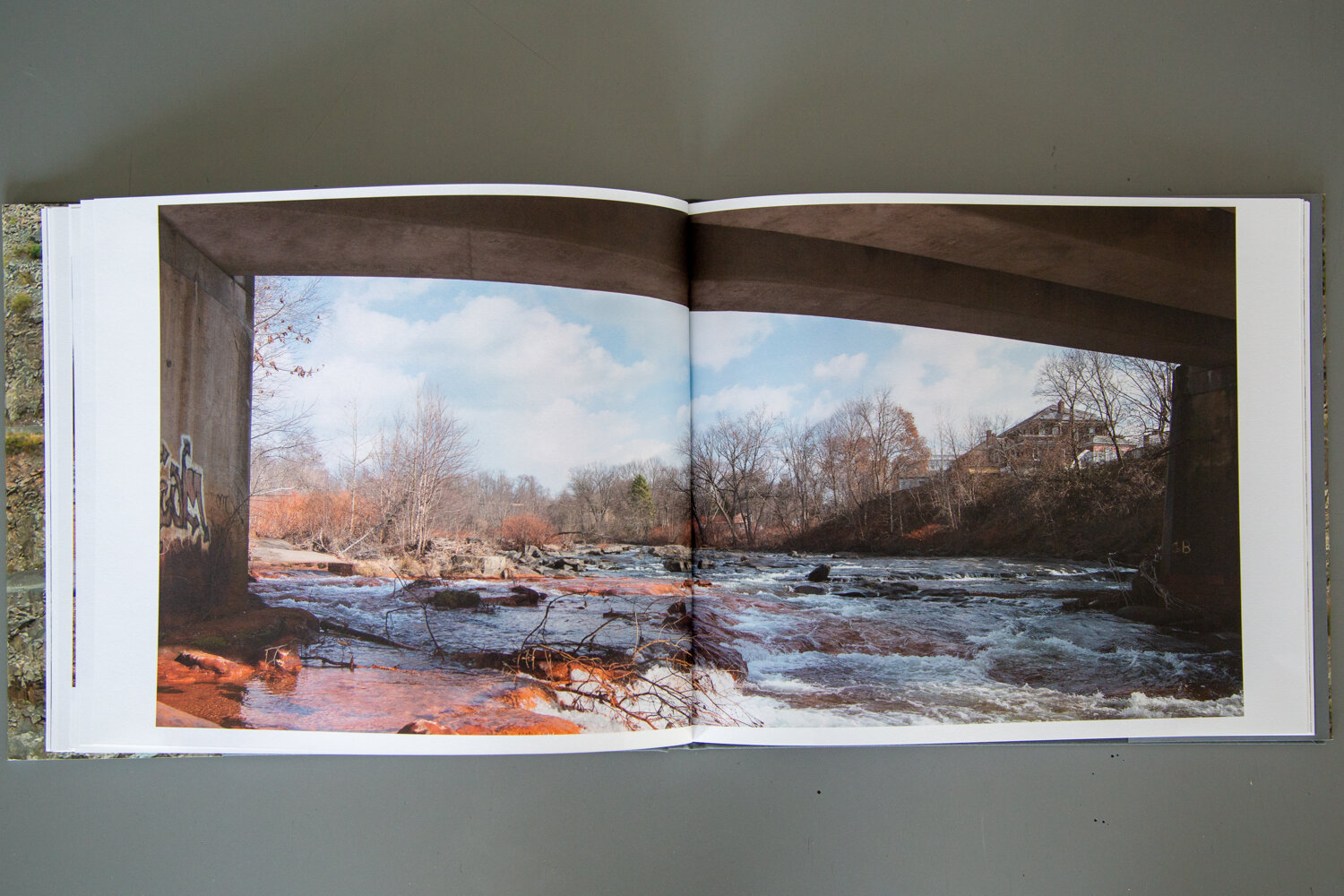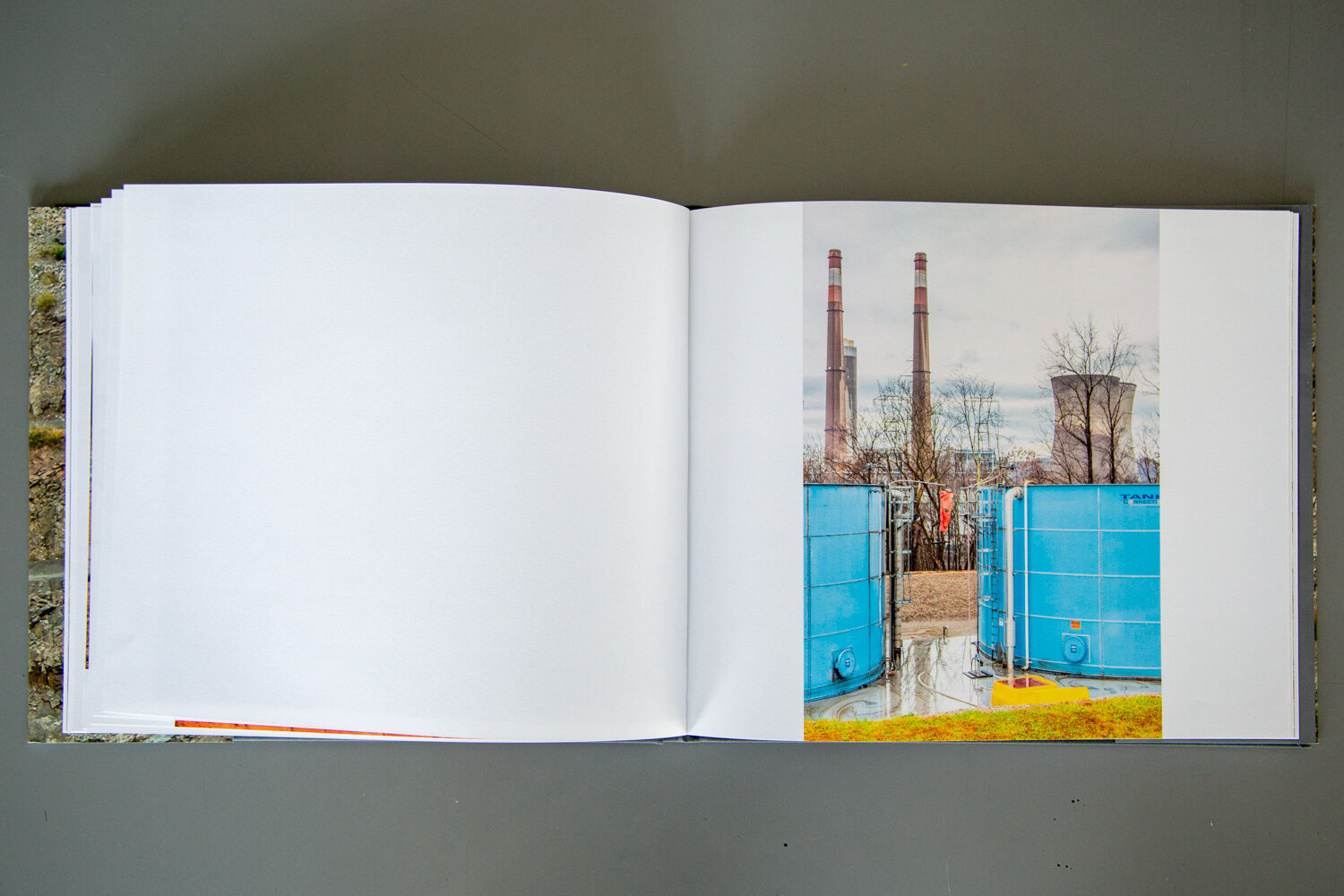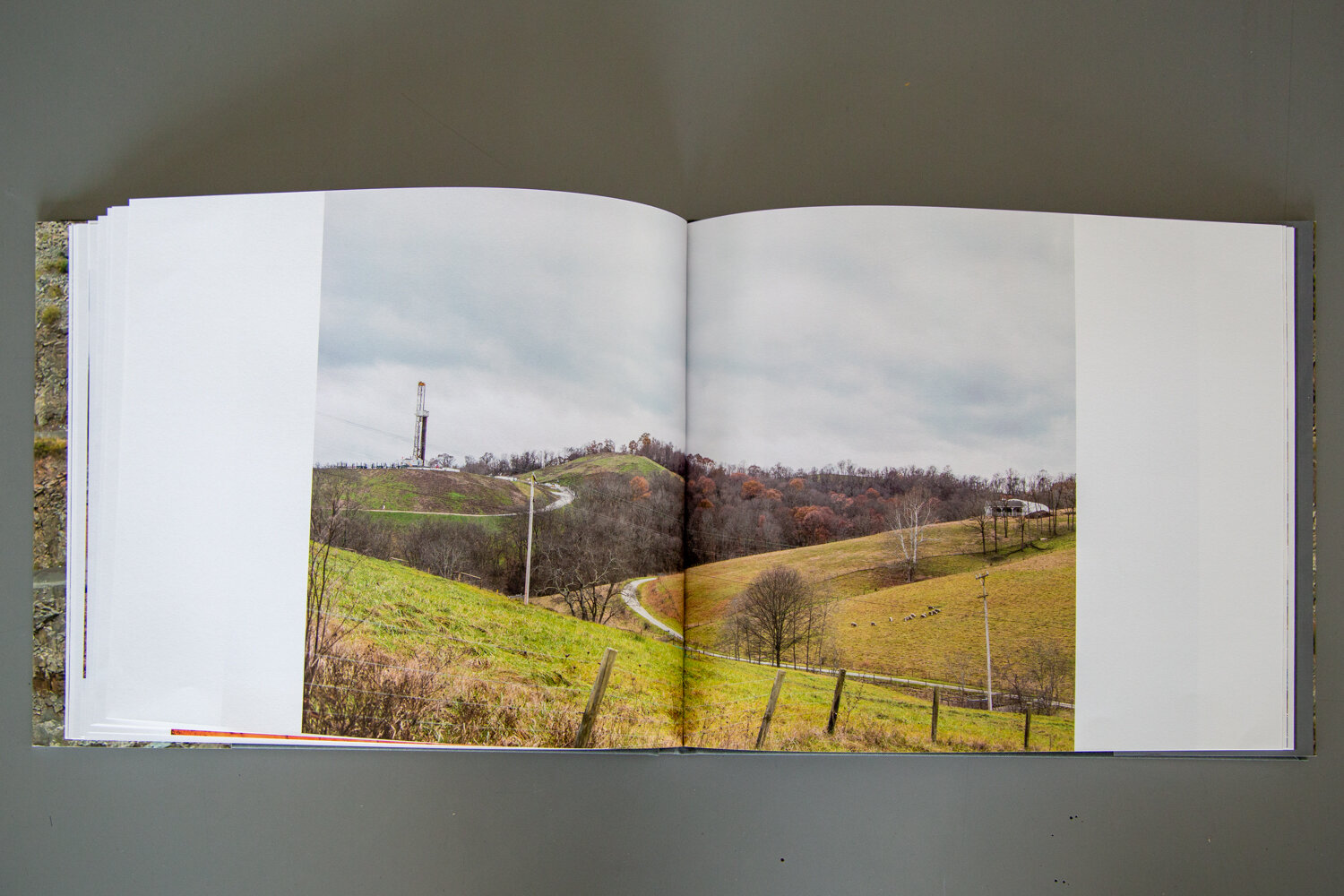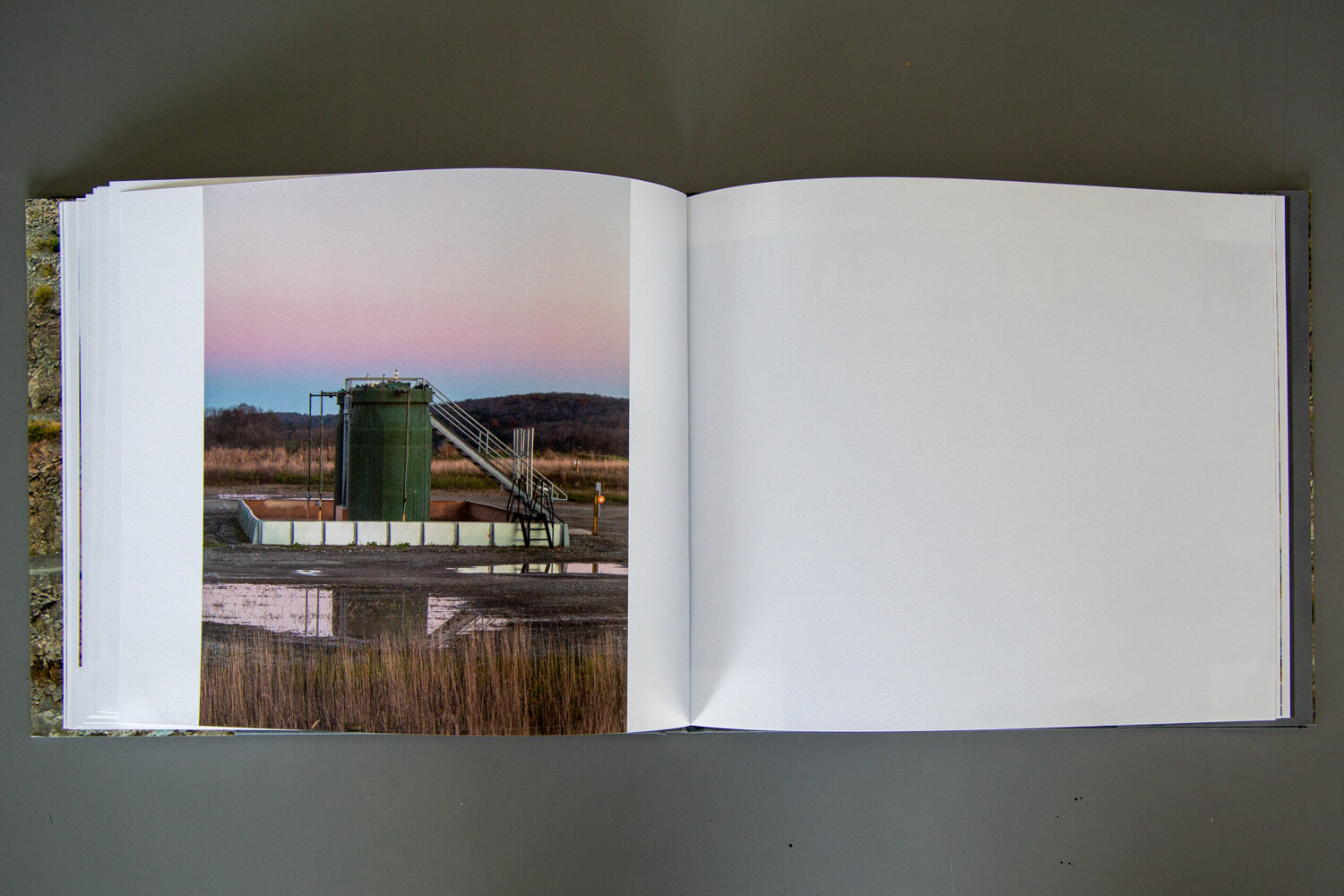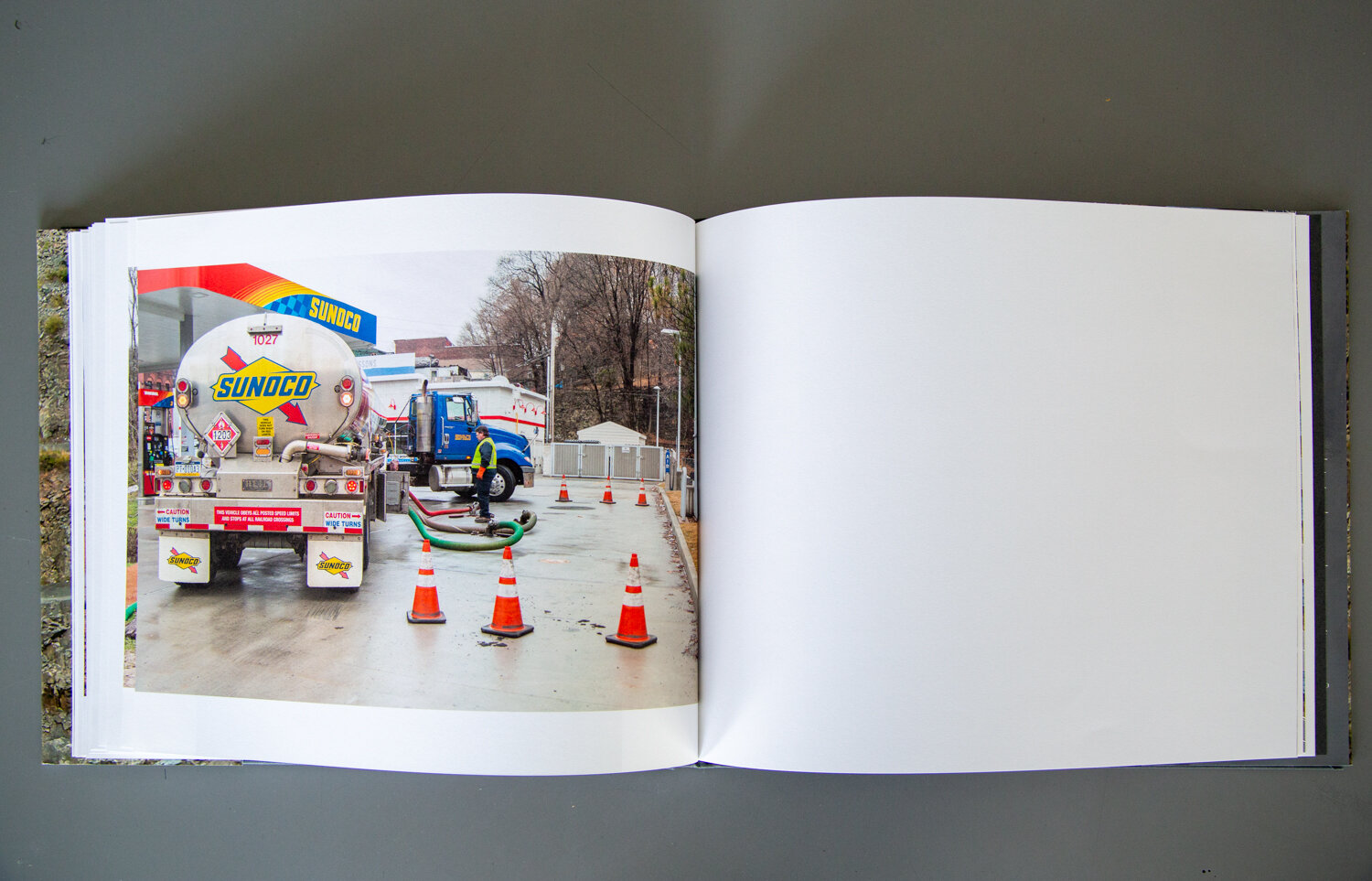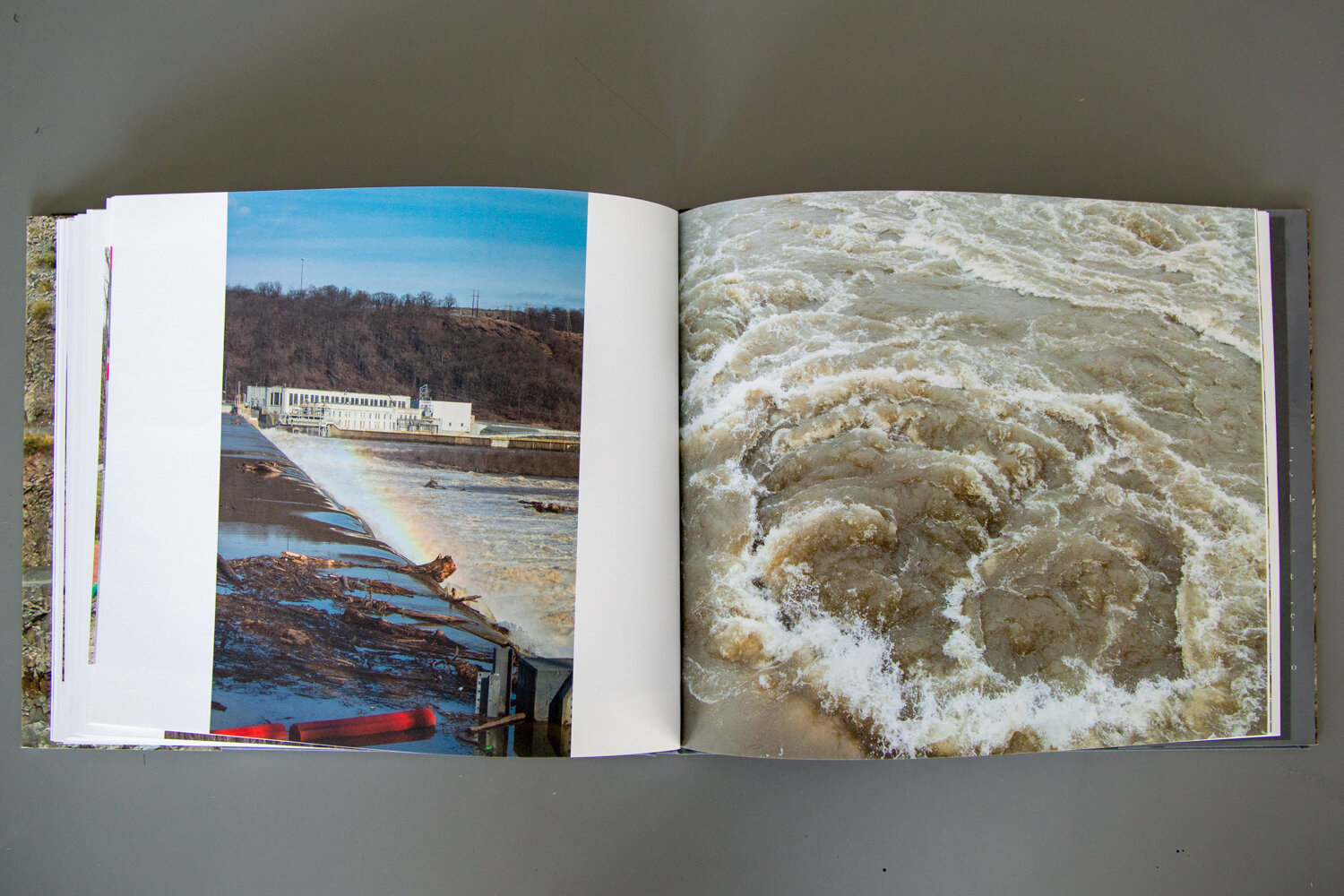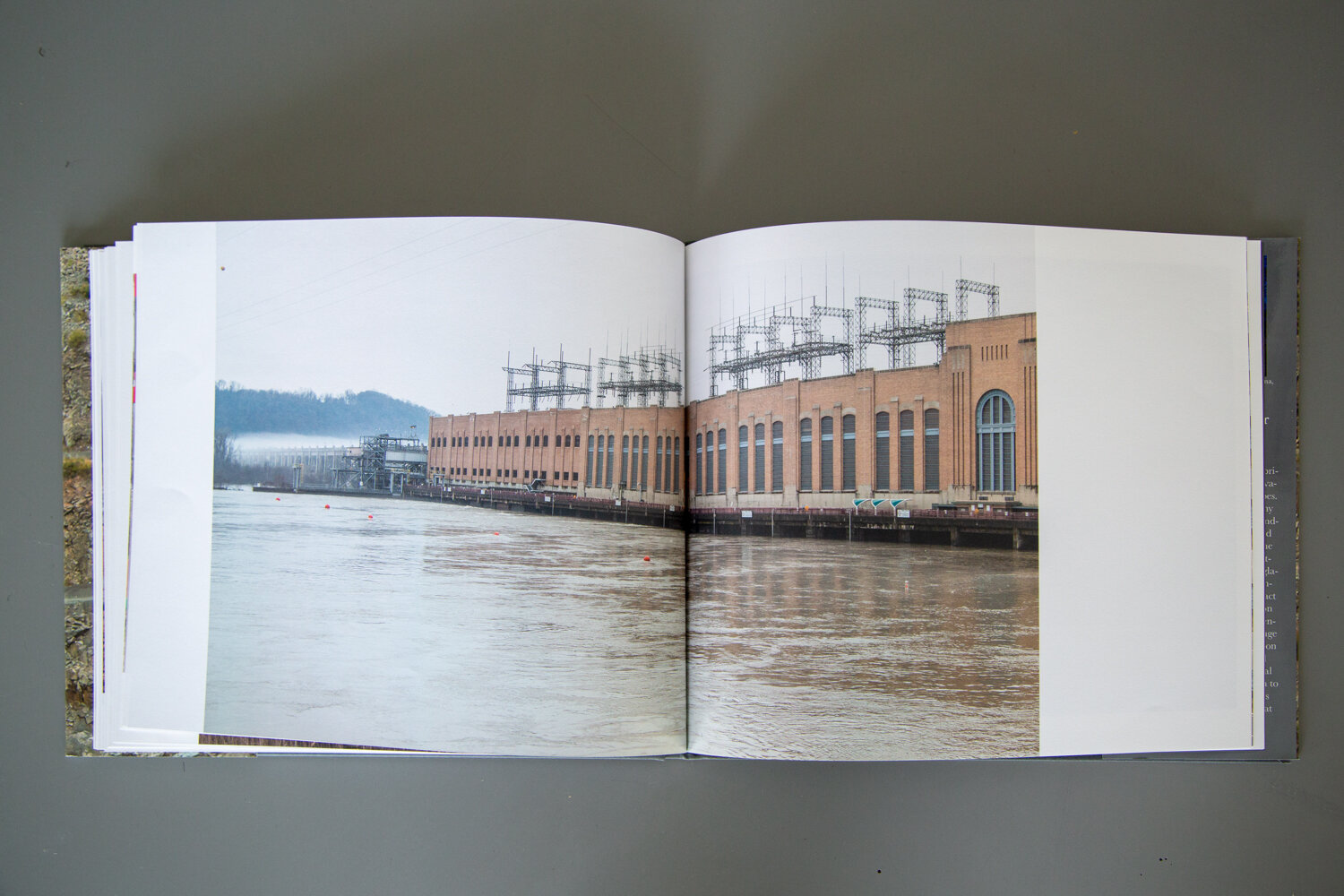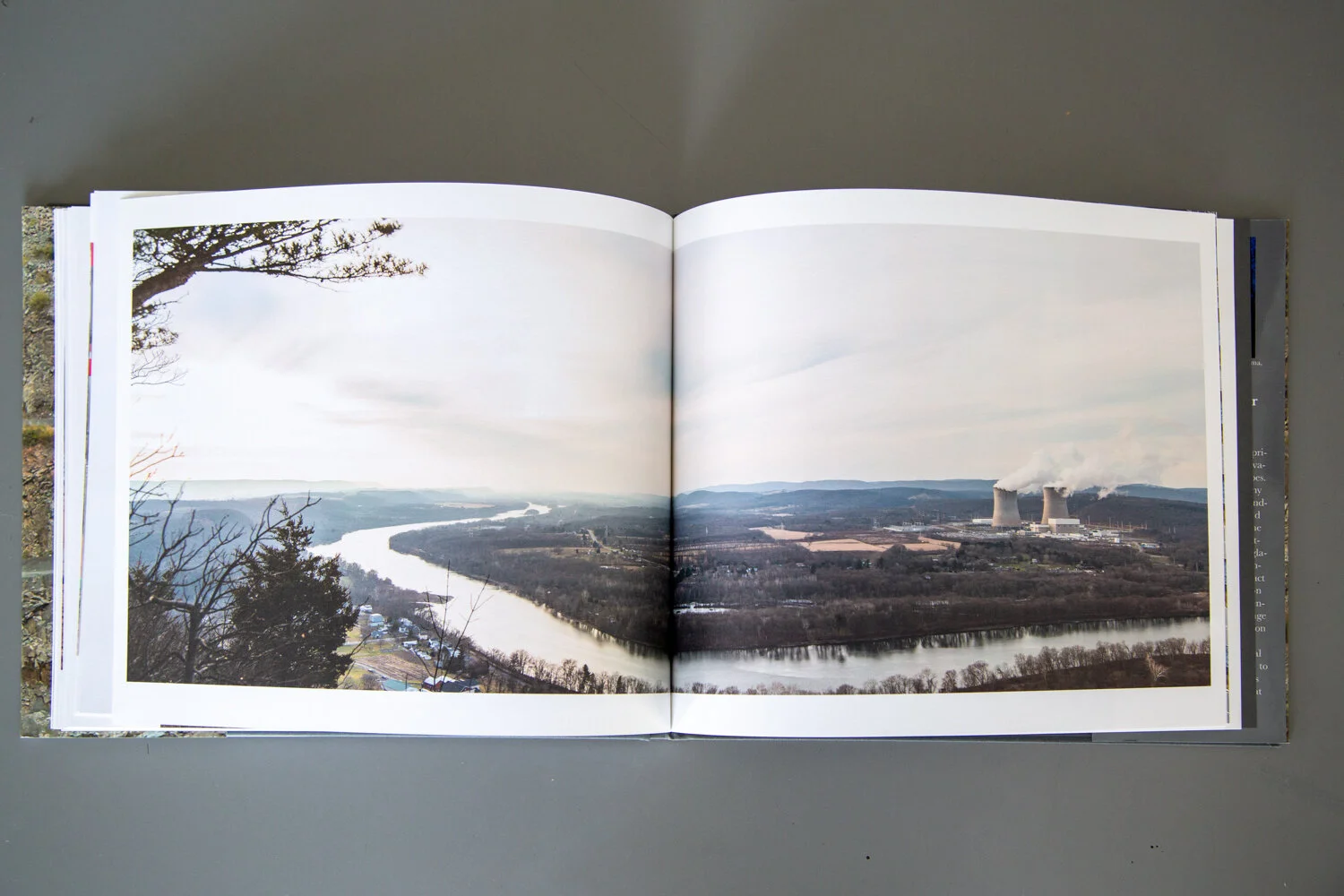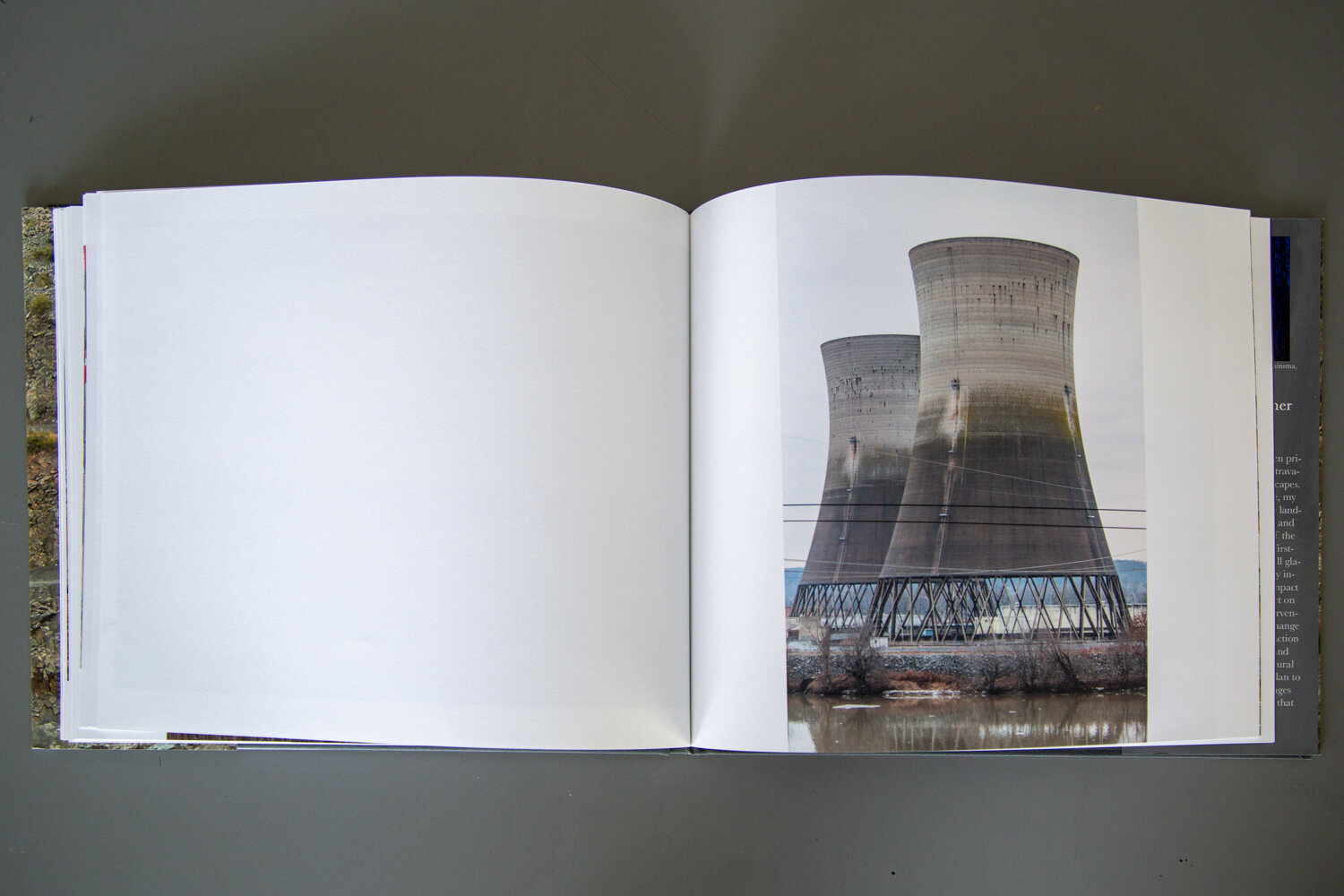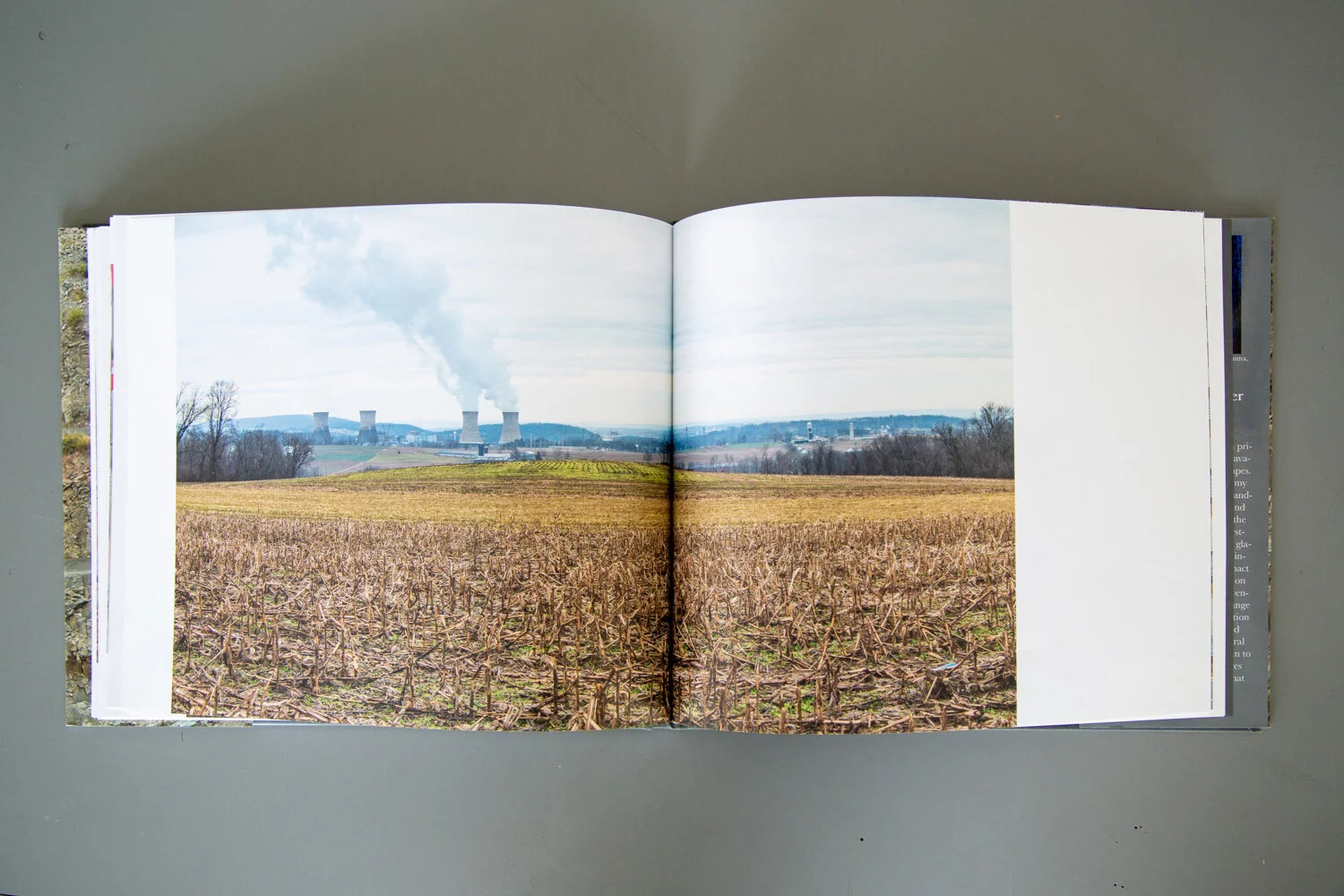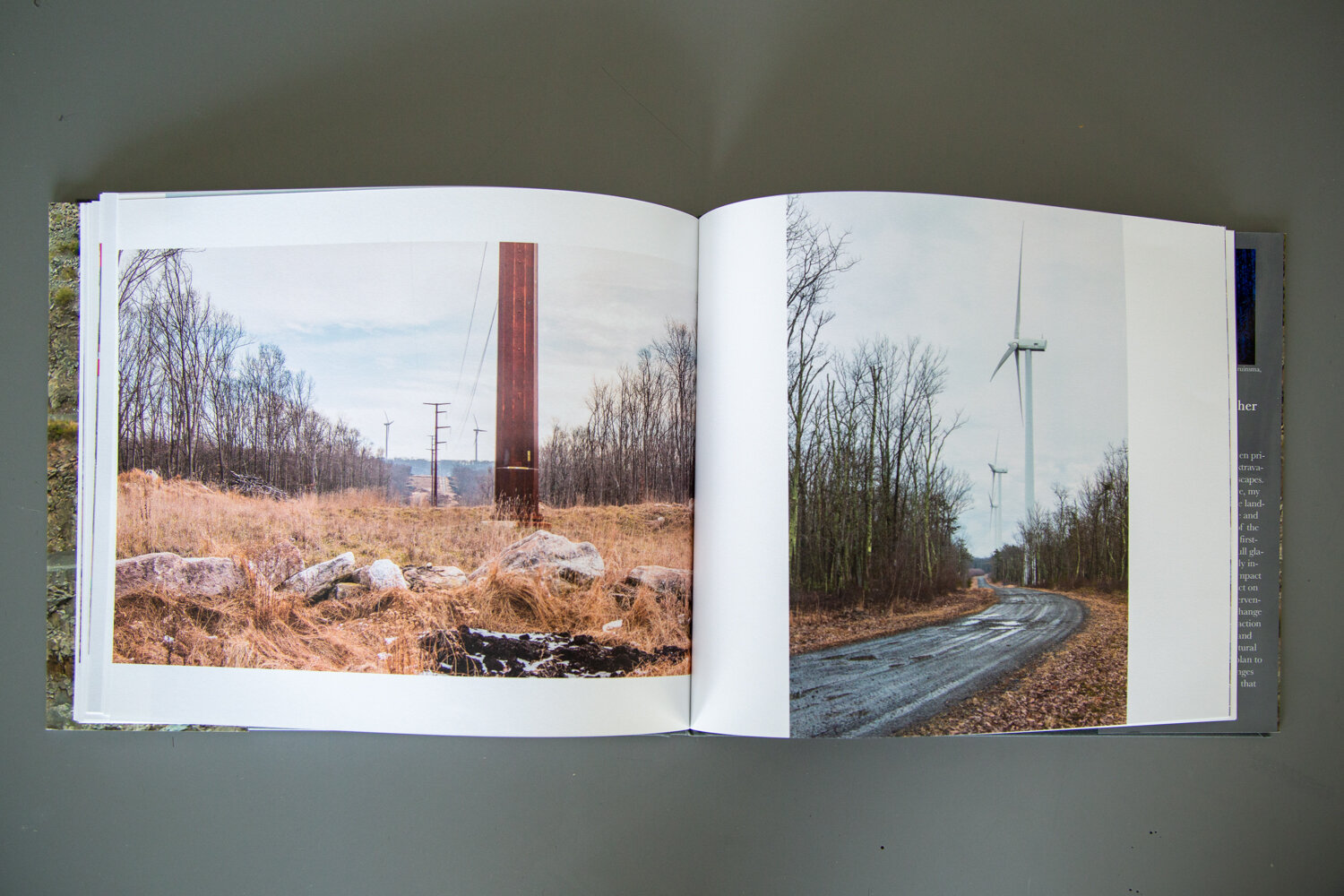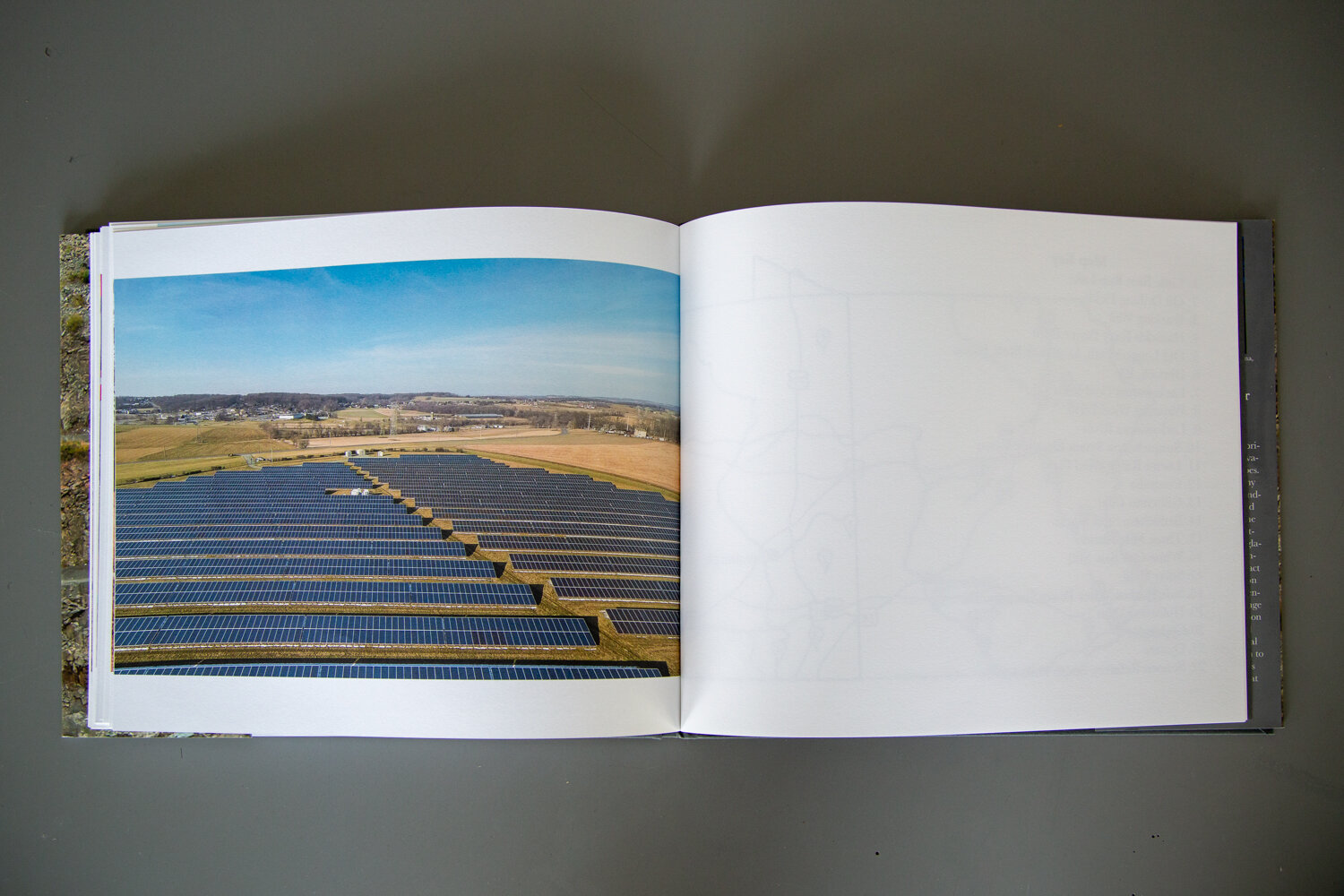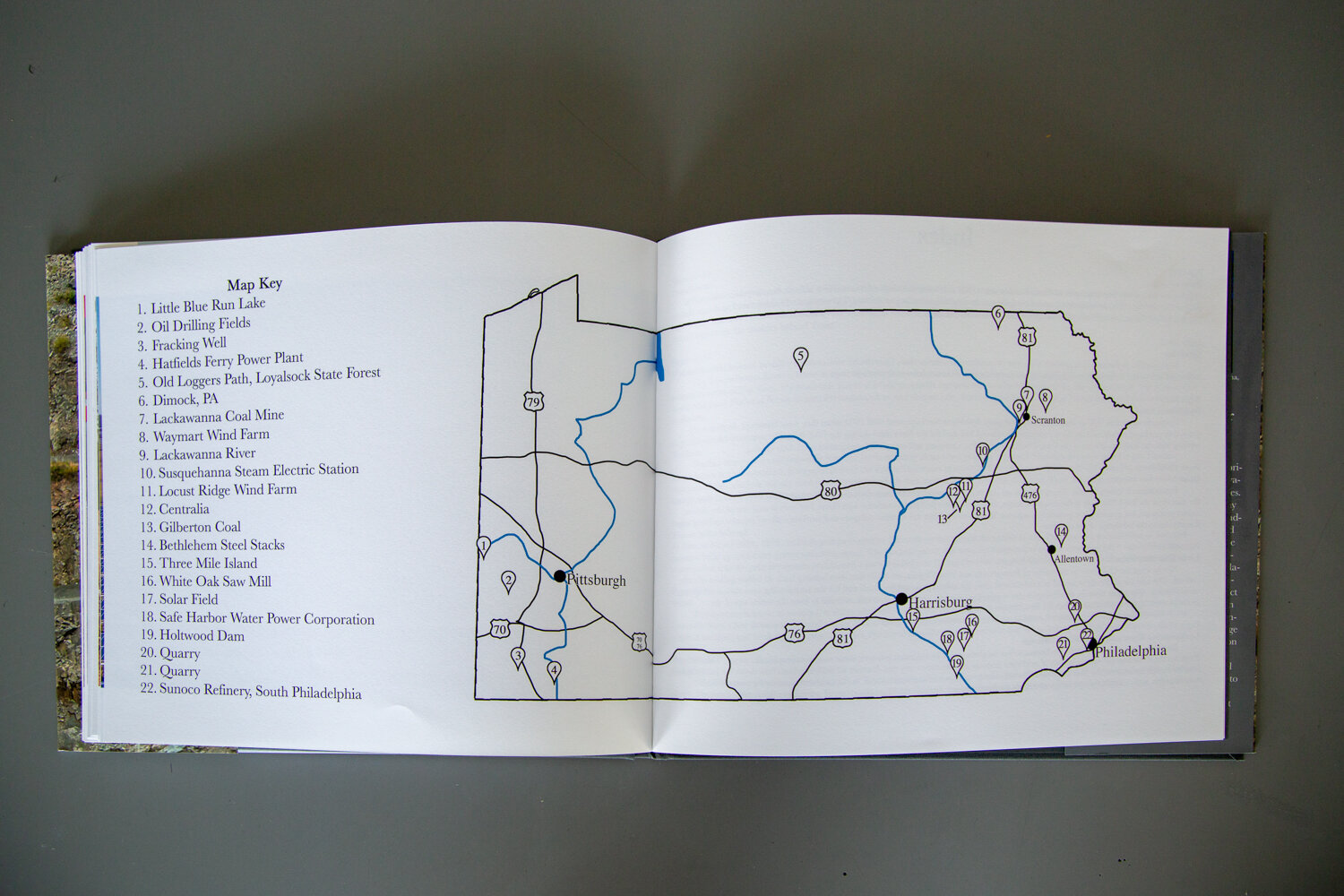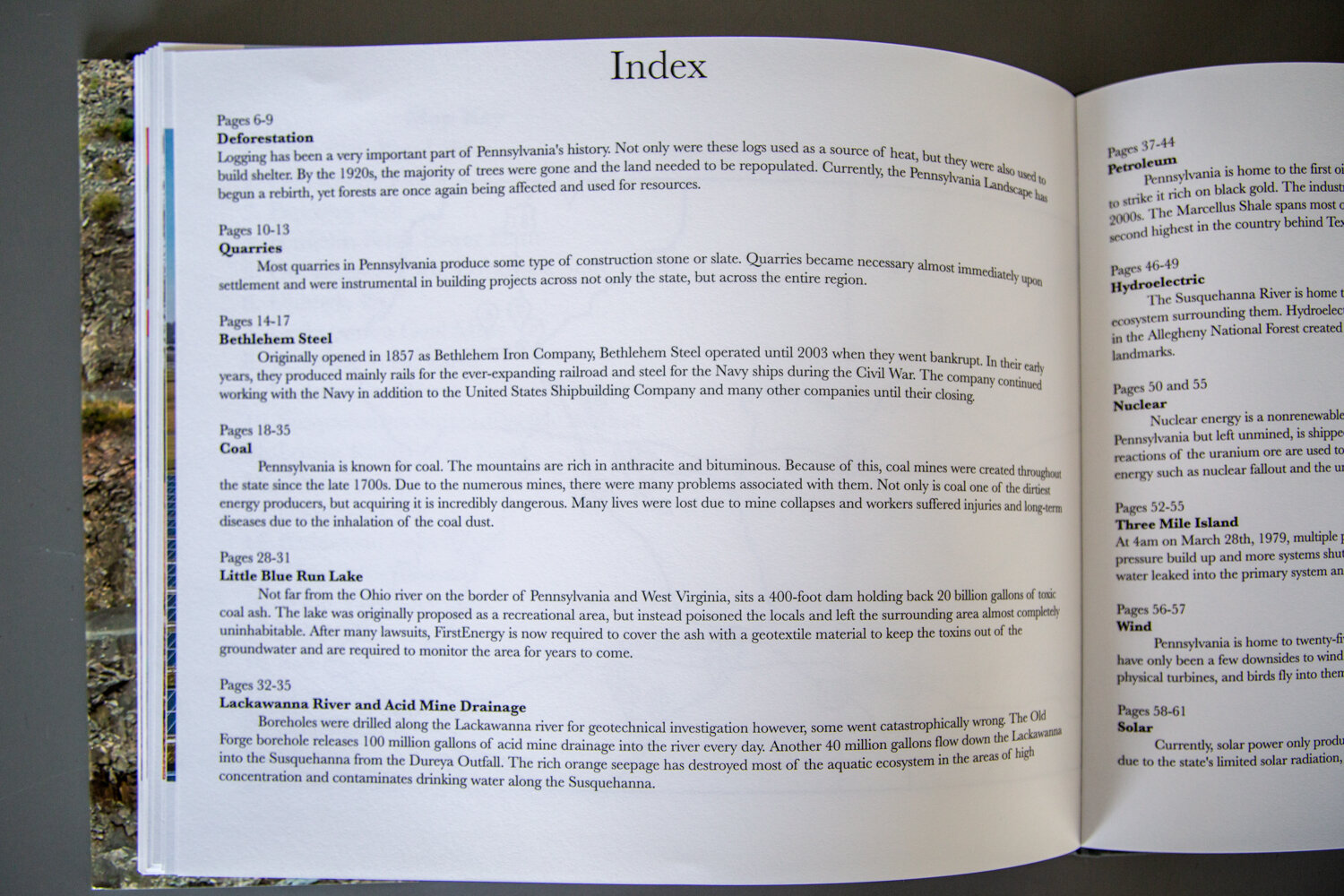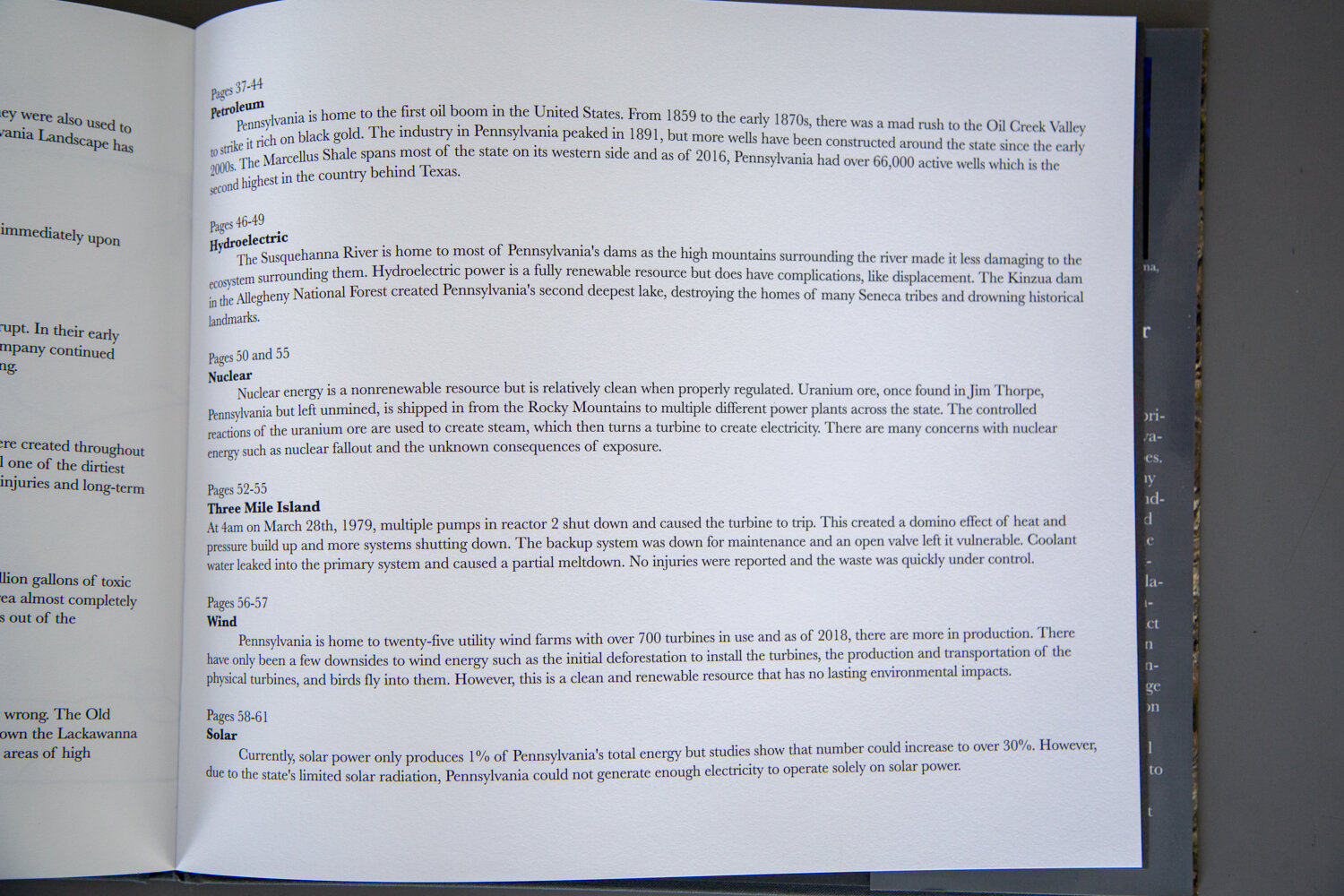Scarred PennsylvaniaPre 15th century, what was later known as Pennsylvania was an abundant forest stretching from as far as the eye could see in every direction. Ninety percent of Pennsylvania was covered by dense, expansive, and tall forests of white pine, eastern hemlock, and many other hardwoods. Not long after western invasion, the trees were cut down in droves and used as firewood and building materials to accommodate a growing nation. In addition to wood, shale and construction rock were removed from quarries allowing for larger construction. During this time, the settlers learned that the mountain range was full of important resources such as anthracite, oil, shale, iron ore, and more. Coal mining in the state began almost immediately. By the mid 1800’s, steel production in the United States had begun. Bethlehem Steel, based in Bethlehem, PA, late became the #2 producer of steel in the United States. Due to this boost in use of natural resources and its impact on economic factors, Philadelphia and Pittsburgh flourished during the industrial revolution
By the 1900’s, long before high intensity drilling began on the Marcellus Shale, citizens were aware that coal as a material was not a clean source of energy, but it was cost effective. Rivers ran black, acid mine drainage leaked into creeks and streams killing most wildlife, damaging ecosystems, and contaminating drinking water. A need for an alternative arose and natural gas became that alternative. Coal seemed to be the lesser of two evils at the time, but as time wore on, energy production moved in favor of oil. After the Pennsylvania oil rush in 1859, there were only a few low-producing wells left along the Marcellus at the turn of the 21st century. After getting clearances from the EPA, oil companies began installing fracking wells along the Shale. Not long after fracking began, residents experienced contaminated water supplies and health complications such as asthma and migraines. As well as extraction, oil consumption releases emissions into the atmosphere aiding in climate change.
Hydroelectricity came to Pennsylvania in the early 1900’s with the construction of three dams in the Harrisburg area. This was the first introduction of renewable energy in Pennsylvania. Though the first dams in Pennsylvania utilized the valleys surrounding the Susquehanna, other dams cause large amounts of displacement such as the Kinzua and Raystown dams. This was the only source of clean energy in Pennsylvania until the introduction of the semi-clean nuclear energy in the 1960’s. Three Mile Island Nuclear Generating Station, just south of Pennsylvania’s capitol, Harrisburg, began producing energy from Reactor 1 in September of 1974 and from Reactor 2 December 30th, 1978. On March 28th, 1979, not three months after opening, there was a partial meltdown of Reactor 2 at Three Mile Island. Rating a five on the seven-point International Nuclear Event Scale meaning an accident with wider consequences, the incident at Three Mile Island was the most significant nuclear power plant accident in the United States. Studies show that even though many people were dissatisfied with government action and the plant itself, no one was injured and there seem to be no lasting side effects.
Once in the new millennia, engineers created new methods of harvesting energy in ways that are effective for both society and nature. Wind farms were constructed on mater tops all over the state and some are still in production. Solar panels were created in the mid 1900’s but because of limited solar radiation, Pennsylvania did not consider solar energy until the turn of the century. The first solar field in Pennsylvania did not begin generating energy until 2007. Due to our political climate, oil and coal production are making a large comeback with recent government legislation. This can be incredibly detrimental to the landscape, waterways, and the health of the people living and working in Pennsylvania.

